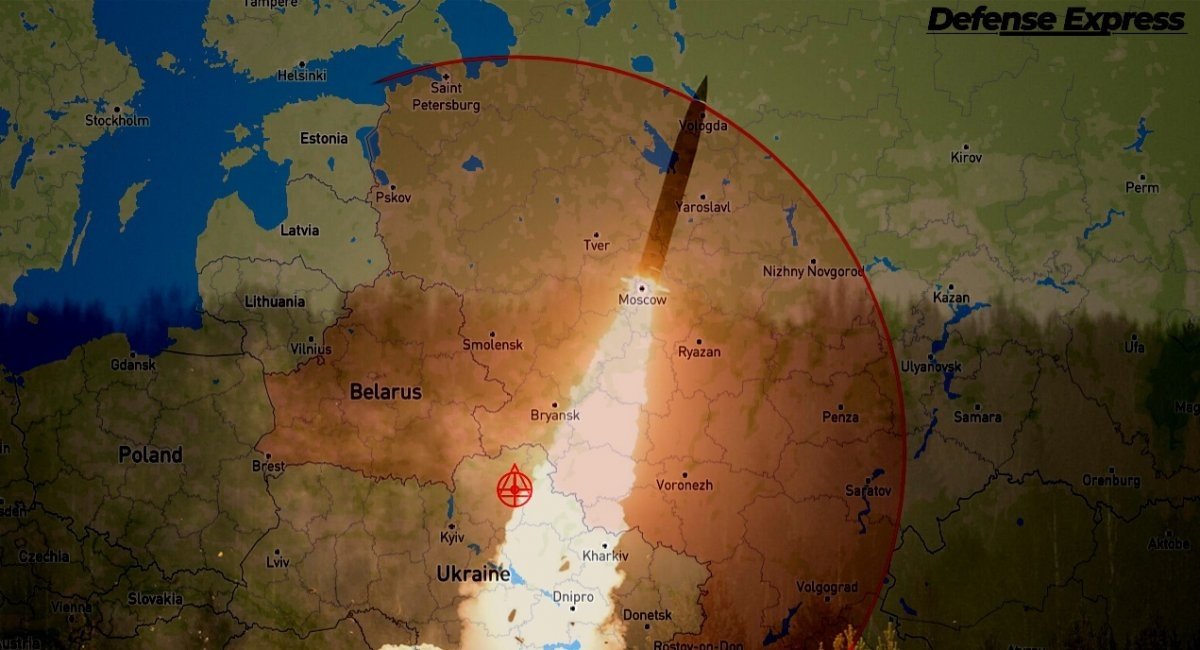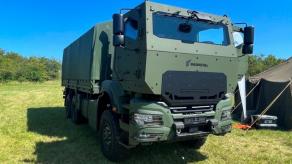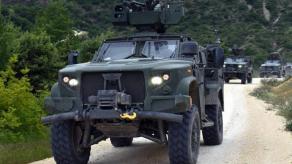Ukraine is developing a missile that will be able to hit a target located more than 1,000 kilometers from the launch site, Ukrainian Minister of Defense Oleksii Reznikov said during a public forum on the country's reconstruction after the war with russia. He specified that all the contractors are Ukrainian companies, and this is a state program.
The prospect of such a weapon appearing in the arsenal of the Armed Forces of Ukraine was characterized by the minister as "very promising," as he spoke during an open dialog with a journalist from The New Voice of Ukraine.
Read more: Ukrainian Company to Present a Long-Range Swarm Attack Drone: One Step Closer to a Cruise Missile

Also, the defense official believes that the appearance of a long-range weapon in Ukraine by its own means will open the way for supplies of the same weapons from Western allies and partners. As an example, he recalls how hesitant the West was about providing Harpoon anti-ship missiles but as soon as Ukraine hit the Moskva flagship with Neptun missiles of own making, Harpoons were greenlighted just a week after.
At the same time, while assessing how realistic it would be for Ukraine to develop a missile with a range exceeding 1,000 km we should be conscious of just how difficult and complex of a task it is and take into account the previous projects that paved the way for this program.
Since minister Reznikov did not specify which type of missile it would be, there are two possible scenarios, a ballistic missile or a cruise missile development, respectively. Both are equally viable but require diametrically opposite components and resources, and have different starting points.
Ukrainian cruise missile with a range of 1,000 km
Maybe we should start with the hypothetical project of a cruise missile with a flight range of 1,000 km (or over 600 miles). If we consider the technological foundation as of 2021, the Ukrainian defense industry has already worked out making the Neptun missile, an anti-ship cruise missile. It required the entire spectrum of domestically made components for this weapon: missile avionics, guidance system, engine and fueling system, and the whole complex of vehicles and systems on the ground.
However, a land attack cruise missile's key difference compared to an anti-ship one is the guidance system. A missile flying over land deploys TERCOM and/or DSMAC navigation technologies that scan the surface underneath and compares it to a reference input in the missile's "brain" beforehand. Also, a LACM needs to be capable of getting around terrain irregularities. Plus, achieving the operational range of 1,000 km will require a significant increase in the missile's size and weight.
It would also be fair to add russian technologies to Ukraine's own missile-making experience, as numerous Kh-555, Kh-101 and Kalibr missiles used by russian forces during the russo-Ukrainian war have been thoroughly studied by Ukrainian researchers. This will give the designers ready-to-use solutions without the need to go through trial and error with any original ideas. This kind of reverse engineering is totally realistic and will save time for development.
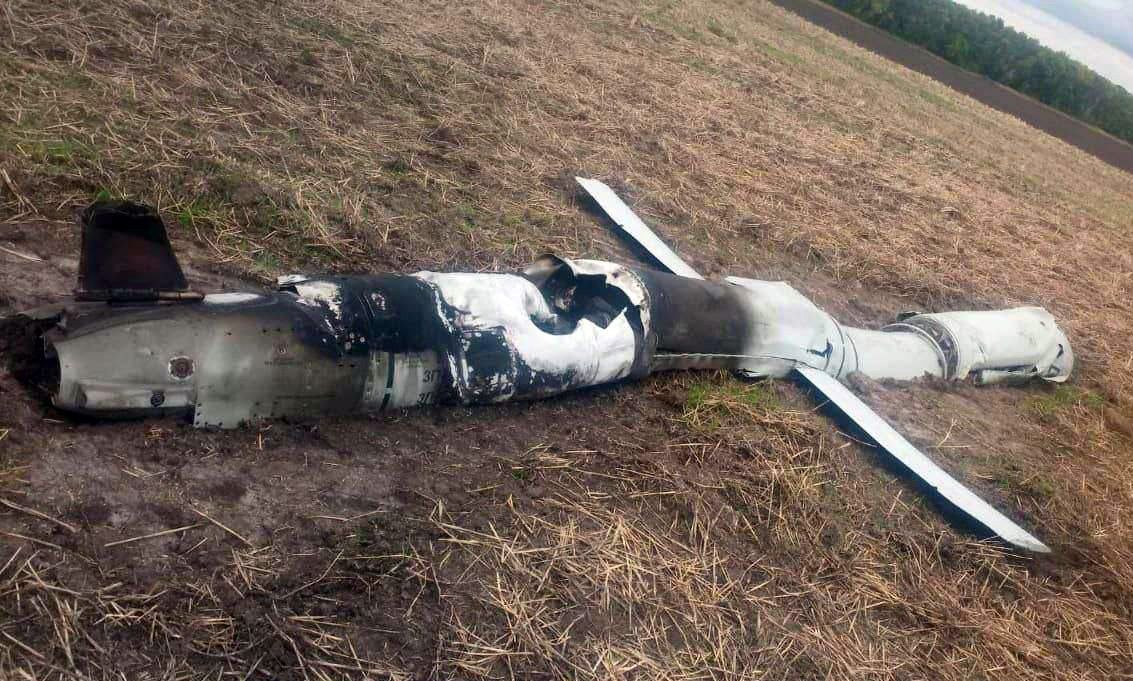
One of the main components of a cruise missile, a compact engine, is available to Ukraine and has been produced domestically for a while now. Moreover, it is almost identical to the engines used in russian missiles. Therefore, creation of a ground-launched cruise missile is something Ukraine can expect in a reasonable timespan but only under the condition that a whole segment of guidance technologies is mastered as well.
The important issue though is still the effectiveness of cruise missiles. The thing is, a successful missile strike only follows a successful breaching of enemy air defenses over the frontline and bypassing covered areas in the rear, including avoiding their fighter aircraft that would be for sure deployed to intercept the threat.
Looking back at Ukraine itself, even with limited air defense resources one can achieve over 80% effectiveness on a regular basis. The problem is, the Ukrainian defense industry won't be able to produce cruise missiles en masse any time soon in order to launch dozens of them each week as the russians do.

Ukrainian ballistic missile with a range of 1,000 km
Creating a ballistic missile, in turn, necessitates a completely different spectrum of technologies. Particularly, a solid- or liquid-fuel engine, a navigation system with more emphasis on inertial guidance and precise locking on the target at the terminal phase. It will be much larger, too.
The dimensions will directly depend on the type of engine used. As for the path of a liquid-fuel engine (aimed at earlier mass-produced generations of ballistic missiles) we have to admit Ukraine has vast experience in this field. For example, the first Soviet ballistic missile based on components that enabled the military to keep the missile fueled for a long time was developed and produced in the Ukrainian part of the Soviet Union. It was called R-12 and its creation dates back to the 1950s. This missile could deliver 1.6 tons of explosive on a target 2,080 km away. But it was a bulky 47-ton missile 22 meters long.

Also, it was a series of liquid-fuel ballistic missiles based on the R-17 Scud that became the first missiles for the countries that generally had very limited technological capabilities and a completely non-existent school of missile construction.
On the other hand, a solid-fuel engine can offer much better size and weight parameters and ease of operation. Solid fuel was chosen for the Sapsan/Grim-2 SRBM system but this option comes down to the availability of solid fuel, either produced by own means or bought from abroad.
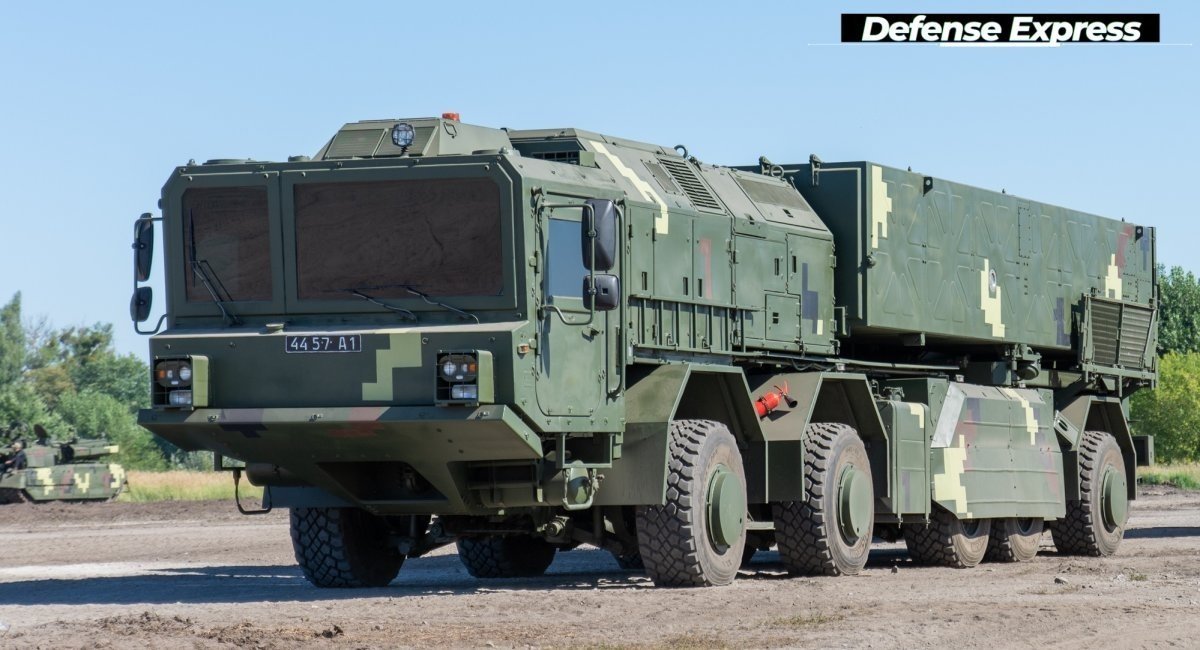
Nonetheless, the midcourse navigation and terminal guidance technologies developed within this project are suitable for both liquid- and solid-fuel missiles.
An important factor that ensures the effectiveness of a ballistic missile attack is that repelling it calls for the target to be within an anti-missile defense system coverage area directly. Although the russians claim their S-400 and S-300V have the anti-ballistic capability, the validity of this statement is objectively doubtful since these systems don't use kinetic interceptors. Also, russians have a reason to be concerned about whether they have enough of those systems to cover all the important objects the missile would be able to reach.
Targets for Ukrainian missiles with a range of 1,000 km
The list of targets that Ukraine would be interested in destroying with her 1,000-km missile is countless. There are critical defense industry facilities which, if suddenly got their stable operation disrupted, will cause a snowball effect and lead to catastrophic consequences to the rest of the russian arms industry. Especially all those establishments in and near Moscow.

Of course, most of the airfields, ammunition depots, repair plans, and other strategic-level facilities also make reasonable and reachable targets for a missile of such caliber.
That also means this big of a list of potential targets requires hundreds of missiles and means the cost in all resources must be minimal; the production period – as short as possible, and not reliant on unique capabilities of individual Ukrainian defense enterprises.
Read more: Ukroboronprom Tested a New Ukrainian Long Distance Combat Drone




